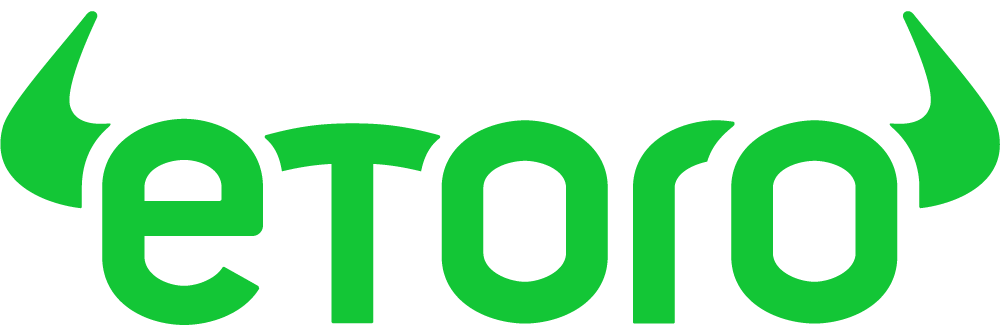Following an extended period of uncertainty and speculation, concrete developments have emerged in the Migom Bank situation. Statutory administrators have finalized their comprehensive investigation, Dominica’s regulators have outlined the path forward, and efforts are now focused on selecting a liquidator to ultimately distribute funds to validated customers.
Administrators complete evidence review
The Financial Services Unit (FSU) in Dominica ordered Migom Bank to cease operations on February 29, 2024, subsequently naming a statutory administrator on March 18, 2024. This action placed daily operations under the control of an independent UK-based legal and accounting firm, establishing the necessary legal foundation for the investigative and recovery efforts that ensued.
The administrators delivered their conclusions to the FSU in August 2024, backing their findings with over 14,000 pages of supporting materials and a comprehensive 153-page summary document.
This extensive file serves as the foundation for tracking historical fund flows and structuring the recovery operations. Reports from spring through summer 2025 suggest the regulator plans to engage an internationally recognized liquidator to handle asset recovery and oversee distributions to qualifying account holders.
Fund movements across multiple jurisdictions
Media reports indicate the administrators’ documentation traces fund movements spanning multiple years through various connected corporate structures across Luxembourg, the UAE, Austria, Ghana, Canada, and the United States.
The investigation also uncovered a series of fund transfers that occurred without standard board oversight or regulatory approval processes. These discoveries now direct the focus of recovery activities.
Importantly, coverage emphasizes these are investigative findings rather than determinations of legal responsibility. This detailed mapping provides the future liquidator with a strategic framework to obtain necessary legal recognition, pursue appropriate asset freezing measures, and work with banking partners to recover funds.
€26 million identified in Baltic region
Consistent reporting highlights approximately €26 million located across Baltic states, specifically Latvia and Lithuania, with smaller sums identified elsewhere. Latvian sources indicate roughly €21 million connected to Baltic International Bank SE, an institution that lost its European Central Bank license in March 2023.
Lithuanian assets total around €5 million, reportedly secured after the Bank of Lithuania revoked Transactive Systems UAB’s electronic money authorization in 2023. Though these amounts derive from media coverage of administrative findings, both institutions’ regulatory histories are publicly documented.
These substantial identified assets benefit from clear locations and established regulatory frameworks, creating favorable conditions for a liquidator seeking judicial cooperation and asset repatriation.
A securities class action was initiated in New York courts on August 30, 2024. Court records indicate plaintiffs withdrew this case voluntarily on March 12, 2025. Current reporting suggests interested parties may integrate the administrators’ findings into potential future legal actions, though no class action lawsuit is currently active.
Next steps for customer recovery
With foundational work completed, the situation transitions from investigation to implementation. The administrators’ detailed framework and ongoing coverage indicate a structured phase where procedures will be executed systematically rather than debated publicly, representing meaningful progress.
For affected customers, this means preparing for official correspondence while allowing established processes to proceed. The primary development is increased certainty: a defined pathway exists, backed by thorough documentation and regulatory supervision, designed to transform identified asset locations into systematic customer payments.
Featured image via Shutterstock.








